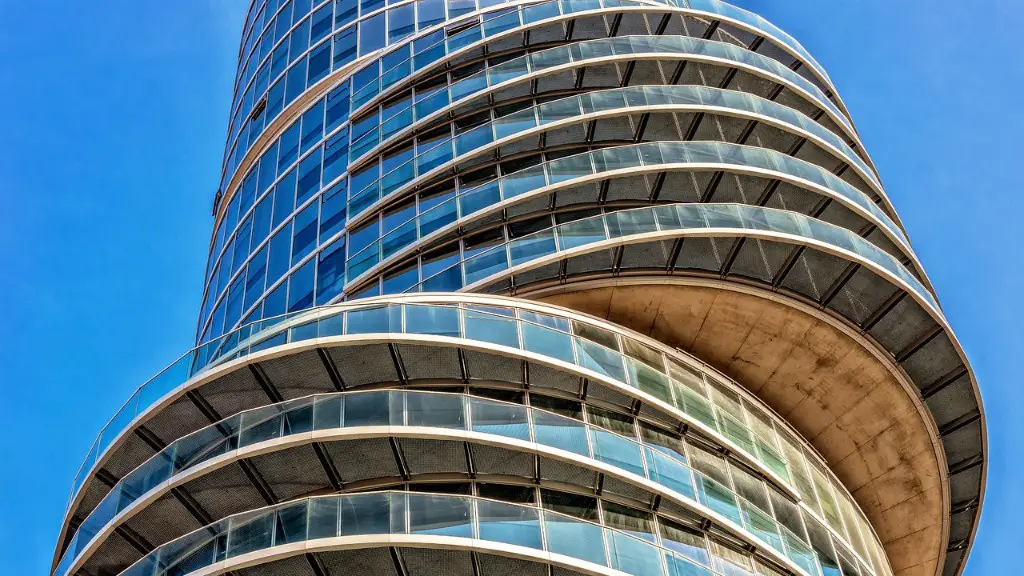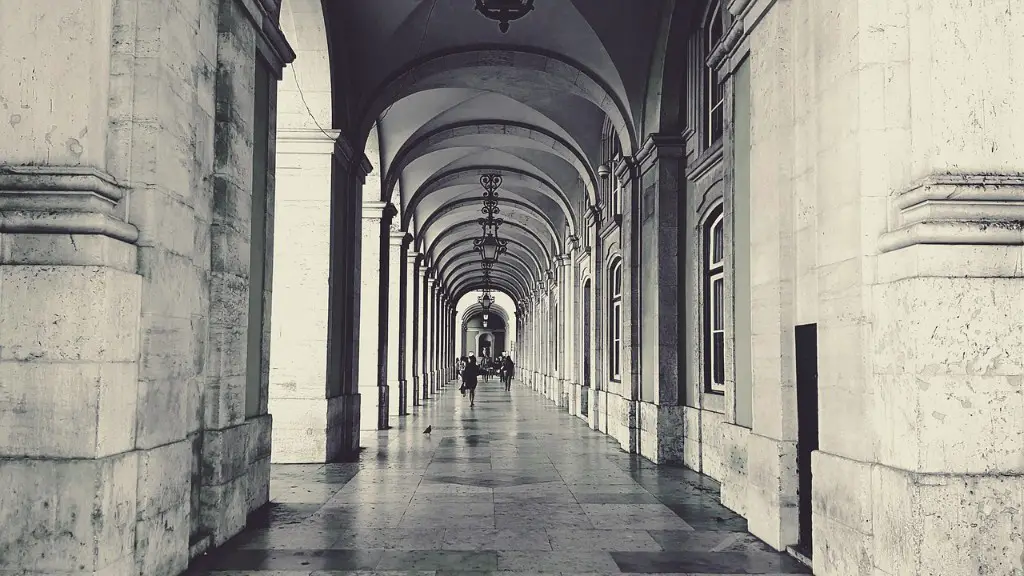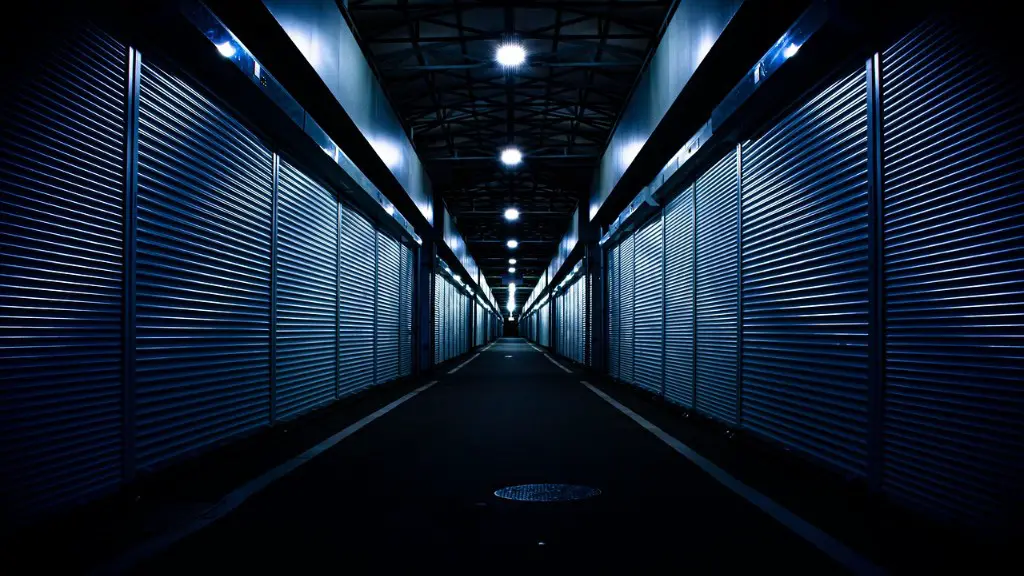Roman Architecture: Historical Context
Roman architecture has become popular and has been influencing architects and architectural trends for many years.The origins of Roman architecture date back to the beginning of the civilisation in the 8th century BC and thanks to Roman power, spread over much of Europe and North Africa.The Roman Empire was a highly organised state with a huge potential for large scale construction and engineering in cities.Roman architects and engineers developed many innovative techniques and methods that still influence architectural designs today.
Roman Building Materials and Techniques
Roman architects used a variety of materials including stone, concrete, brick and marble.The use of voussoirs and arches were used to create strong and impressive structures.Roman construction techniques such as the groin vault and corbelling, along with the use of opus caementicium, enabled them to create huge, unsupported interior spaces.Other Roman inventions and techniques included the arch, the vault, the pre-cast concrete block, and the domed roof.
Roman Architecture: Famous Construction Projects
The famous Colosseum in Rome is one of the most recognisable constructions from the Roman era.The Colosseum had three tiers, the first two made up of arches, and the third tier featuring Corinthian columns.
The Pantheon in Rome is another famous legacy of Roman engineering and construction, with its hemispherical dome made of concrete and brick.Other examples of Roman architecture can be found all over the world, such as the Pont du Gard aqueduct in France, Hadrian’s Wall in England, and the Trajan’s Column in Rome.
Influence of Roman Architecture on Modern Design
Roman architecture has been influential on modern architecture in many ways.Modern architects often draw upon the old Roman arches and use them in contemporary projects.The use of voussoirs and concrete has also been important in the development of the modern skyscraper and other modern structures.Architects today continue to be inspired by Roman columns, arches and domes, and the use of keystones and corbelling.
Preservation of Roman Architecture
Due to its rich history and impeccable design, Roman architecture is considered an important cultural landmark.The preservation of Roman architecture is a priority for many nations, ensuring that these relics of ancient times remain visible for many generations to come.
Relevance and Significance of Roman Architecture
Roman architecture is significant for many reasons, and its influence is still seen in many urban cities.The imprint of Rome is still visible in areas of western Europe, the Middle East, and North Africa.The use of the dome, the arch and the vault has changed the face of cities, and is still being used in modern architecture.
Roman Architecture in the 21st Century
Roman architecture is still very relevant in the 21st century, with architects continuing to be inspired by the innovation, functionality and aesthetic nature of Roman architectural designs.With the new technologies available to architects today, there are endless possibilities for creating aesthetically pleasing structures based on the principles of Roman architecture.
Romanticism and Influence of Ancient Roman Architecture
Romanticism has also been a great influence on modern architecture, with its emphasis on classical design and classical proportions being inspired by the architecture of Ancient Rome.The dramatic effects of Roman architecture, with its use of light and shadow, as well as its grandiose and imposing structures, are again evident in modern day structures.
Techniques and Approaches to Building in the Roman Tradition
Today, with the advancement of modern technology, architectural designs can be executed with intricate attention to detail, both with interior and exterior design.The use of stone masonry or concrete is still used to create curved or linear arches and columns, while the use of structural steel is also prevalent to increase the strength and durability of a construction.
Role of Roman Architecture in Landscape Design
Roman architecture also plays an essential role in landscape design. The use of stone, brick and concrete to create balconies and terraces are used in many outdoor spaces. The incorporation of arches and domes into garden design can help create an atmosphere of grandeur and peace, something which many people aim for in their garden designs.
Tributes to Roman Architecture Around the World
Roman architecture can be seen in many places across the world, from the iconic Colosseum in Rome to the lesser known Pantheon in Japan, which was built to replicate the original Pantheon in Rome.Many public parks and museums have been designed in homage to the grand designs of the ancient Roman empire, ensuring that its legacy lives on throughout the centuries.


